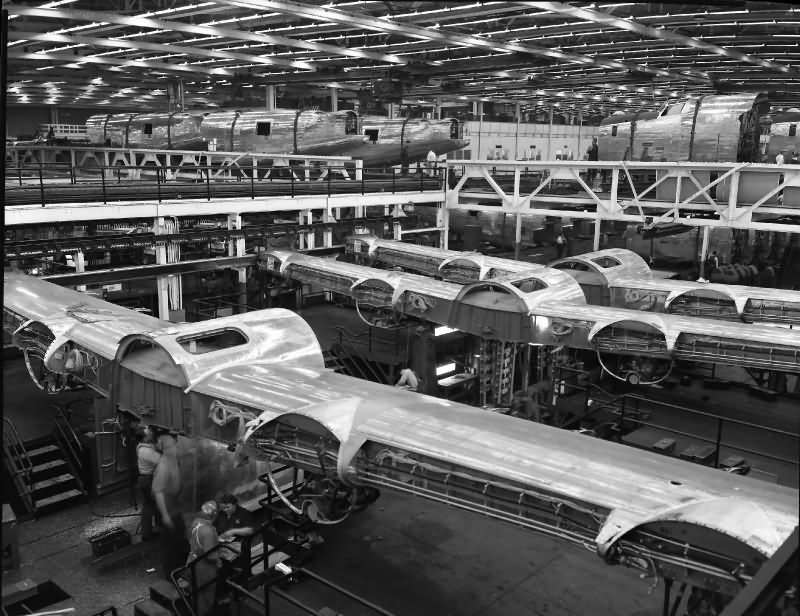The Consolidated B-24 Liberator’s most distinctive feature was its 110-foot wing, a design that played a crucial role in its performance and efficiency. This wing, developed by David R. Davis, was originally created for the Consolidated Model 31 flying boat. The Davis Wing marked a significant departure from the airfoil designs commonly used at the time, showcasing several advanced aerodynamic properties.
Key Features and Innovations of the Davis Wing:
Aerodynamic Efficiency:
- Reduced Drag: During wind tunnel tests at the California Institute of Technology, the Davis Wing demonstrated a 20% reduction in drag compared to the conventional NACA Number 230 airfoil. This reduction translated into increased range, speed, and lift—essential attributes for a heavy bomber.
- Camber and Pressure Distribution: The wing had an optimal amount of camber and a peak pressure point positioned ideally to maximize efficiency. This design provided the right balance of lift and low drag, making it suitable for the fast, heavy B-24 bomber.
Wing Structure:
- High-Aspect-Ratio Design: The Davis Wing featured a high-aspect-ratio, straight-tapered design extending from the fuselage to the wingtip. This configuration contributed to the wing’s efficient and symmetrical appearance.
- Internal Modifications: When adapted for the B-24 in 1939, the wing required significant internal modifications to accommodate four engines and retractable landing gear.
Innovative Features:
- Fowler Flaps: The B-24’s wing incorporated power-operated Fowler flaps. These flaps slid out along the trailing edge of the wing, increasing the wing area and providing additional lift when needed. This feature enhanced the aircraft’s performance during takeoff and landing, as well as its overall maneuverability.
Impact on B-24 Performance:
The advanced design of the Davis Wing contributed significantly to the B-24 Liberator’s operational success. Its reduced drag and increased lift enabled the aircraft to carry heavier payloads over longer distances at higher speeds. This combination of features made the B-24 one of the most efficient and effective heavy bombers of World War II, capable of performing a wide range of missions from bombing runs to long-range reconnaissance.
Overall, the Davis Wing was a key factor in the B-24 Liberator’s performance, embodying the innovative spirit and engineering excellence that characterized the aircraft and contributed to its success in various wartime roles.
